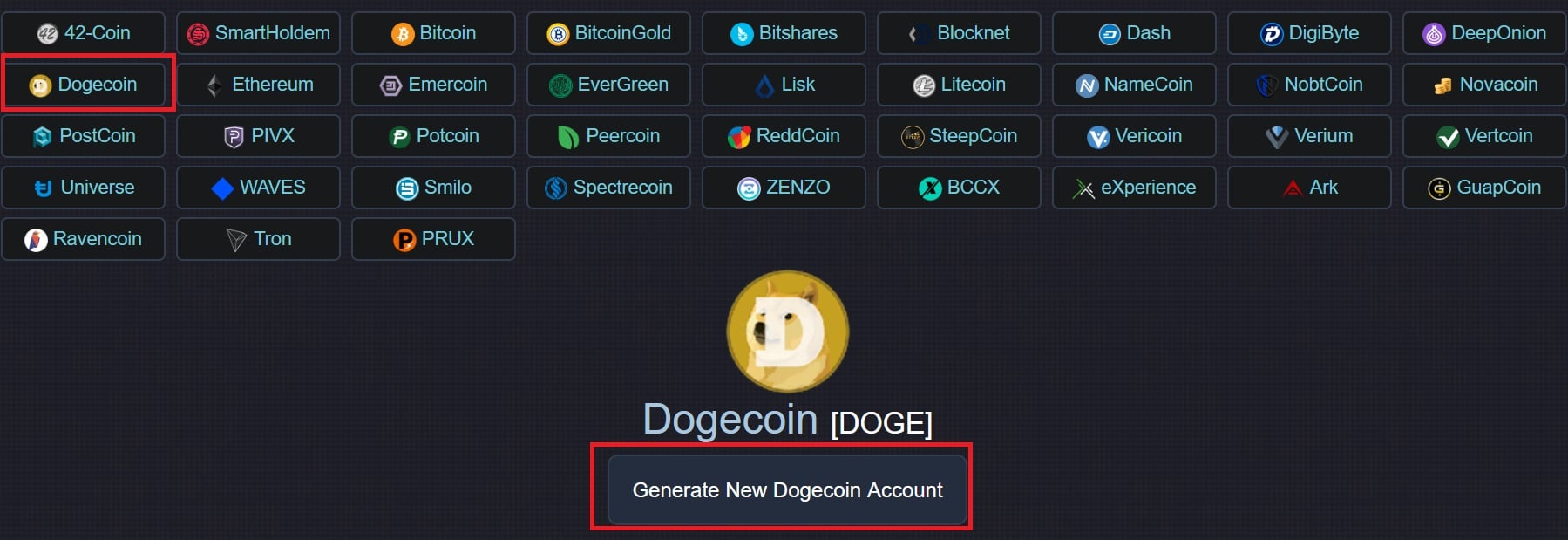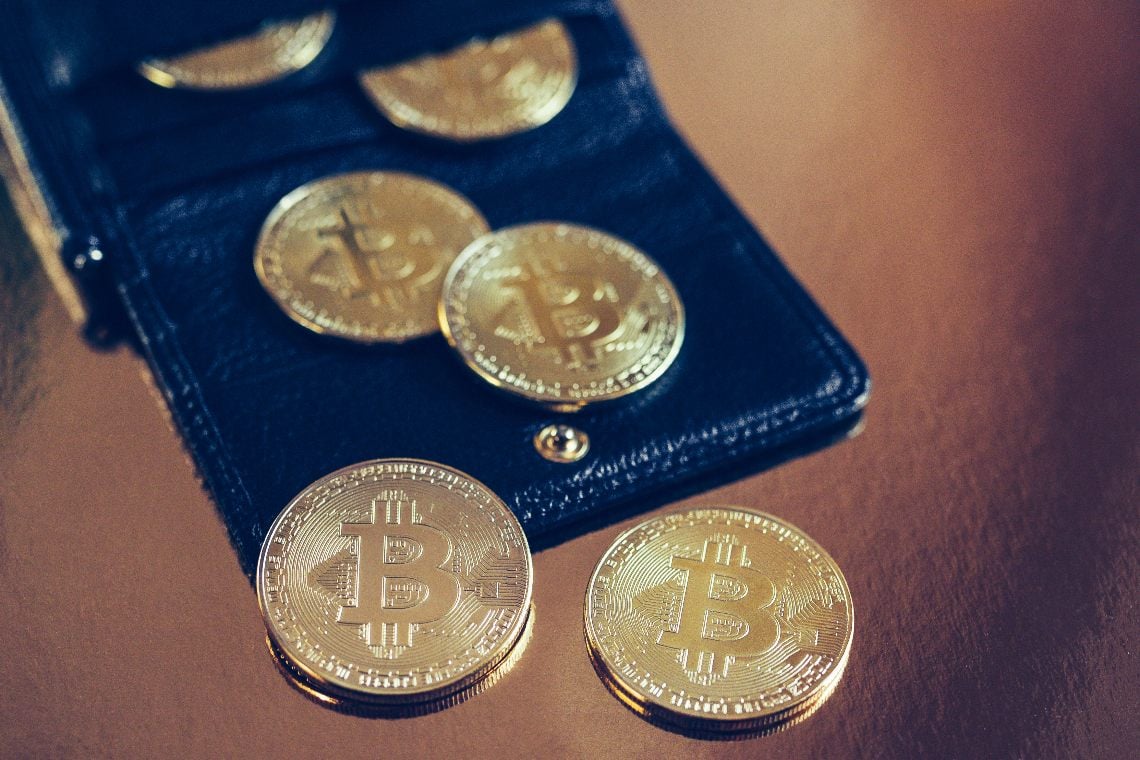Among the different wallets, which essentially are the private keys to access one’s Bitcoin, there are paper wallets.
There are different ways to store crypto: hardware wallets, custodial or not, desktop, mobile apps and the so-called paper wallets, which are sheets of paper on which all the information of the wallet is printed, i.e. the private and public keys.
How to open a Bitcoin paper wallet
In this guide we’ll see how to create a paper wallet for over 30 different cryptocurrencies, seeing that most of the tools found online only focus on Bitcoin (BTC) but a user may have different needs.
Before starting, it is essential to make an important premise, namely that precautionary measures must be taken when generating a paper wallet, otherwise, there is the risk of running into some malicious tool.
We must therefore be careful to:
- Not trust the results that our search engine returns because they could be malicious. For example, the first result when writing “paper wallet generator” is a scam, as the MetaMask extension recalls;
- Not use an online system to generate the paper wallet;
- Check if the source files of the relevant tools are available;
- Download the source files;
- Disconnect the internet when creating a paper wallet;
- Operate in a sterile environment, which can be done using a live version of Linux. This helps to make sure there are no viruses and malware lurking in the system, as the system is only virtualized for this purpose;
- Do not print with a printer used by others and do not go to a printing shop to have it printed;
- Keep the paper wallet in a place where only you have access to it.
Considering that there are several Bitcoin Paper Wallets, in this guide, a multi-crypto version will be used, which supports 39 different crypto assets to be precise.
The Paper Wallet Generator
We will use the Paper Wallet Generator platform, whose source files can easily be recovered from GitHub and it can be downloaded for Android, Linux or Windows.
To be safe it’s always better to download the Linux version, as explained above, and it’s always advisable to check the hash of the file downloaded and make sure it’s identical to the one reported by the developer.
After checking that the hash is identical, then proceed to install the program, which emulates the web version that can also be found on the website.
At this point, it will be necessary to choose the crypto and then click on the “Generate New (crypto name) Account” button.
In this case, Dogecoin (DOGE) was chosen, but the procedure is the same for all cryptocurrencies.

After clicking the “Generate New Dogecoin Account” button, the relevant QR codes of the public and private key will be generated.
It is possible to save the text file with the related textual information in a PDF file.
The files will be marked “PaperWallet-Dogecoin”, so another thing to keep in mind is to rename the files and protect them with a password, although the ideal thing would be to delete them permanently from the PC after printing the paper wallet.
Printing the paper wallet
When it comes to printing files, one thing that needs to be done is to free up the printer’s print memory, the so-called “print pool” after having printed the paper wallet so that the file does not remain saved in the system.
After printing the paper wallet, it is advisable to store it in a safe place, possibly even laminate it, to prevent the paper from fading or deteriorating with humidity over time.
The place where the wallet will be stored should be accessible only to the creator as other people who might have access to it could copy the code or take a photo and move the funds into their own wallet.
Although paper wallets are formidable backup systems, it doesn’t mean that they should be given less attention than traditional ones.
Finally, it is worth noting that innovative paper wallet solutions for storing these cryptocurrencies have also been presented on EOS and Cardano.



